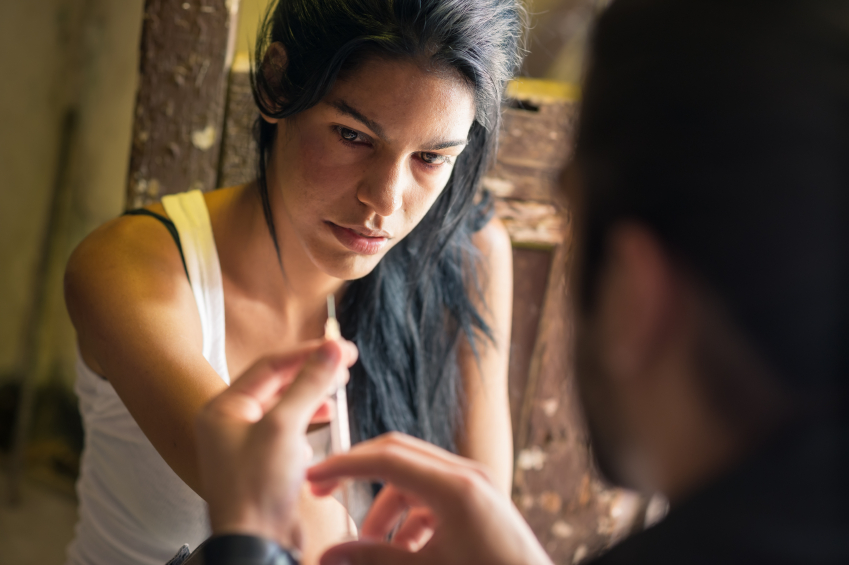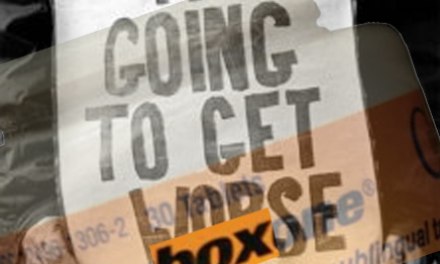A recent piece in Politico covered the sudden epidemic of HIV in a small town in Indiana, following a dramatic upswing in intravenous drug use (hereafter IVDU.) It’s a familiar story, with prescription opioid abuse leading to heroin. But the victims are mostly white, mostly rural, mostly heterosexual, with a relatively high percentage of women in the mix. It’s not the public profile of the AIDS patient introduced by the media in the 80s, and perhaps that’s part of the reason that officials in so many states where this has occurred have been slow to respond.
Naturally, Politico looks at the situation in political terms, but that’s no surprise: public health and politics have long been intertwined. It’s worth noting that four in five of the new HIV cases will also test positive for Hepatitis C, further complicating the health aspect. It isn’t unusual for a course of treatment for Hep C to approach $100,000. Healthcare for an AIDS patient can easily run double that amount.
Indiana’s governor, like many, has in the past opposed needle exchange programs, but has now reversed that position, at least partially. He began by endorsing a 30 day experimental program.
Though many in the public view needle exchange in terms of addiction, the real goal is to reduce the risk of transmission of HIV and other blood borne disease in an extremely high risk population– exactly the situation described in the article.
And for that purpose, needle exchange has proved itself genuinely helpful. Some studies found a 30% reduction in HIV. For a prevention effort that relies on simple human contact instead of medication or technology, that’s remarkable. It translates nicely into saved lives, diminished suffering, and millions of dollars in unspent resources that can be applied elsewhere.
It’s evidence-based practice in the best sense of that term. So why has the political process in so many communities been so slow to make use of it? I can think of a couple possible explanations.
First, the notion of providing free needles so that people can inject drugs ‘squicks’ many voters in smaller, more conservative communities. It requires us to acknowledge a serious problem in our midst. Nobody likes to do that. Think of the response of the officials in Jaws at the prospect of a shark terrorizing their beach.
Second, it takes a while for such programs to prove their worth. The drug subculture initially views them with suspicion. As one user put it: “The first time I went, I expected a cop to be sitting in an unmarked car taking photos of everybody who went in or out of the city van.” But once the barrier is broken, research suggests that even hard core users will put the clean needles to their intended use.
Here’s the thing: Although needle exchange makes IVDU less dangerous, it doesn’t necessarily discourage drug use. It helps if treatment and support are available for those willing to try recovery, but the real value of needle exchange is in reducing HIV — not just among users, but among others who become HIV positive through sexual contact with users.
It’s about a specific type of harm reduction, not recovery from addiction. At some level, that has to be enough to justify it.
My view: Injection drug use has been around since the invention of the syringe (the Civil War?) That suggests it’s probably not going away anytime soon. It makes perfect sense to do something that’s been shown to be effective at limiting one very important adverse consequence to the individual and society – even if we’re not completely at ease with the method.













